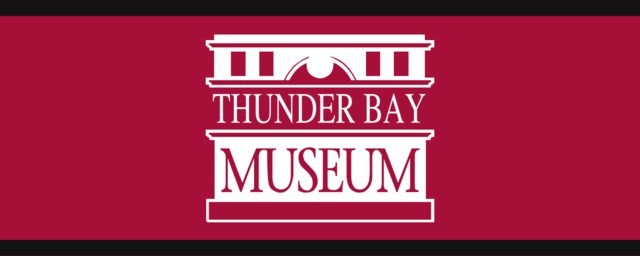Preserving History Since 1908
The Thunder Bay Historical Museum Society was created in 1908 to preserve and interpret the history of Northwestern Ontario through lectures, publications, the erection of monuments and plaques, and the preservation of documents.
Among the Society’s many accomplishments in its early years, was the publication of a long series of valuable historical reports and the construction of a monument to the original Fort William fur trading post at the foot of McTavish Street in Thunder Bay. It was unveiled in 1916 by our founding father, Peter McKellar.
Our Museum
By 1942, enough documents and artifacts had been collected to warrant the opening of a museum in the basement of the Brodie Street Library and, in 1972, the Museum moved to new quarters in a former registry office (located at 219 May Street South). Short of space for its growing operations, the Society undertook a major campaign in the mid-1990s to acquire and renovate a former police station and courthouse, which today is the home of the Thunder Bay Museum. Our major exhibit gallery opened in 1997.
Our Mandate
The Society’s mandate has always been to serve both the city and district of Thunder Bay in Northwestern Ontario, Canada, and to preserve the history of the entire region. Today an active, efficient organization has assumed responsibilities far beyond those undertaken by its founders. The Society operates as a museum, an archives, and a historical society, and offers a wide range of programs and services in each area. Feel free to contact us for further information about any of our programs, services, or memberships.
Our Vision
Through its exhibits, publications, collections, and programs, the Thunder Bay Museum will engage with the people of Thunder Bay and Northwestern Ontario in a spirit of openness and universal access as well as trust, freedom of expression, and debate. Our motto, “Learning Through History,” reveals our fundamental commitment to education and a dedication to the idea of a community in which citizens enjoy equal opportunity to participate in public life, culture, and an exploration of our collective past.
Our Future
Although today the museum and its programs are fully operational, renovations to our building continue.
Work has been finished on all three floors of the interior including galleries, library, archives and administration areas, but as this artist’s rendering illustrates, plans exist to restore the front facade to its 1910 configuration. This was partially completed in 2007 along with the addition of a visible storage gallery to the right front of the building. Only the upper portion of the facade remains to be completed.
We wish to thank all of our funders over the years — each of the three levels of government (municipal, provincial and federal) and the many hundreds of individuals, businesses, and foundations whose generosity has made our renovations so successful.
